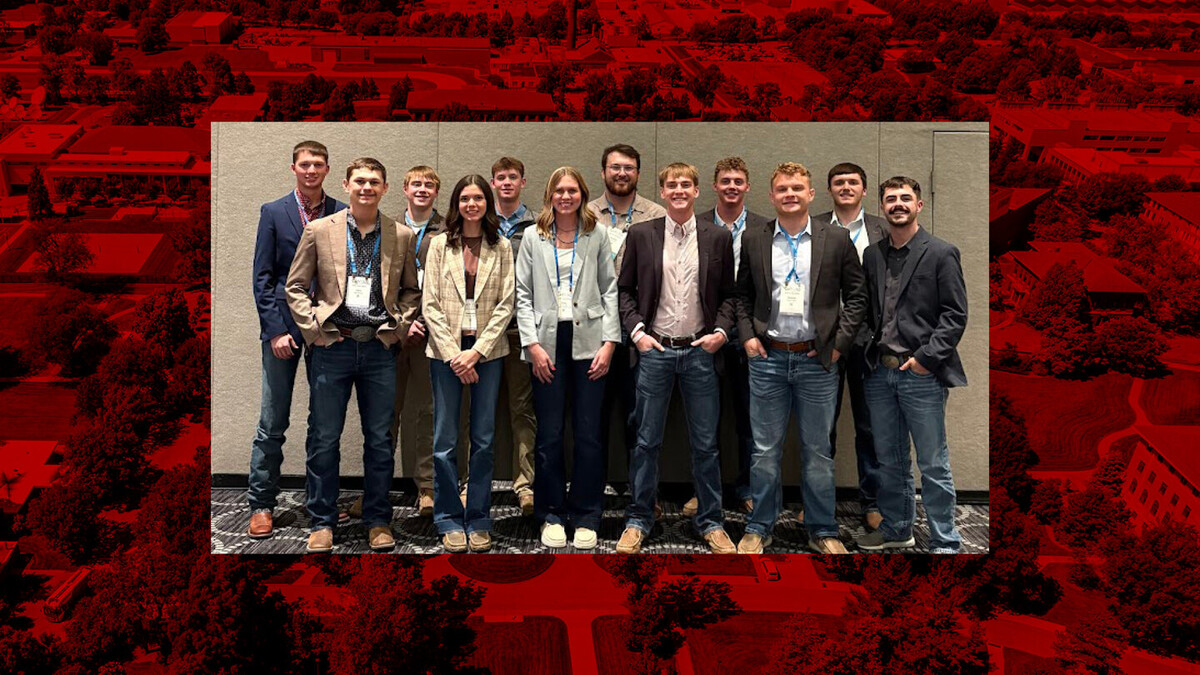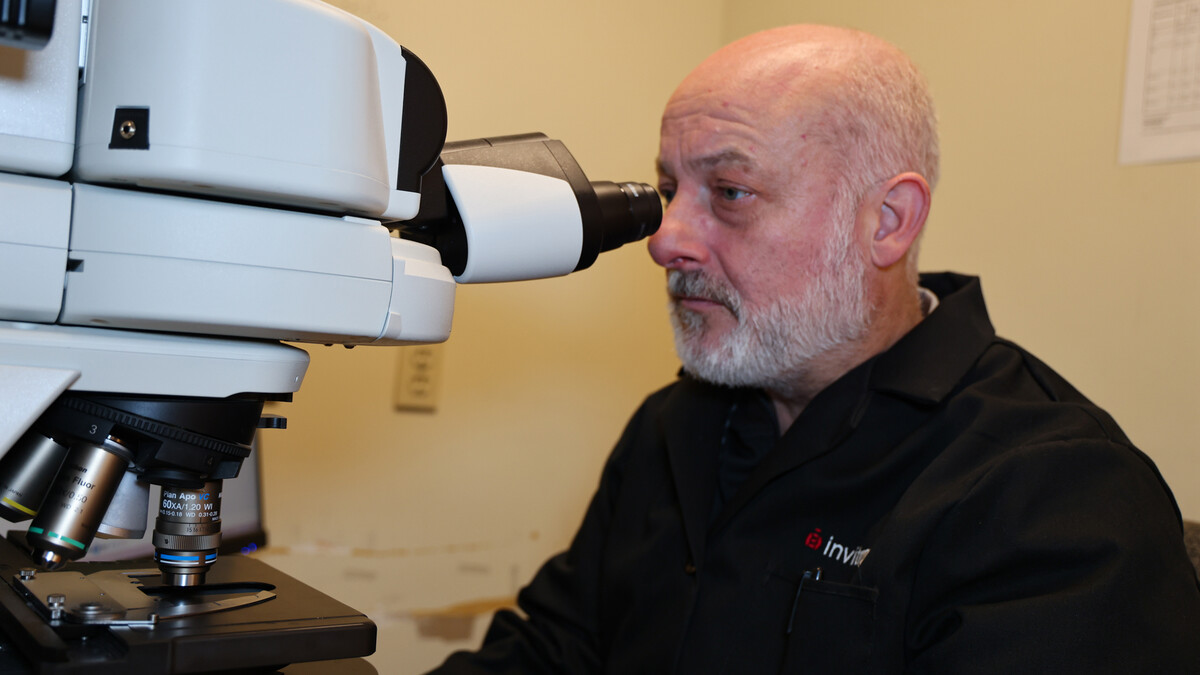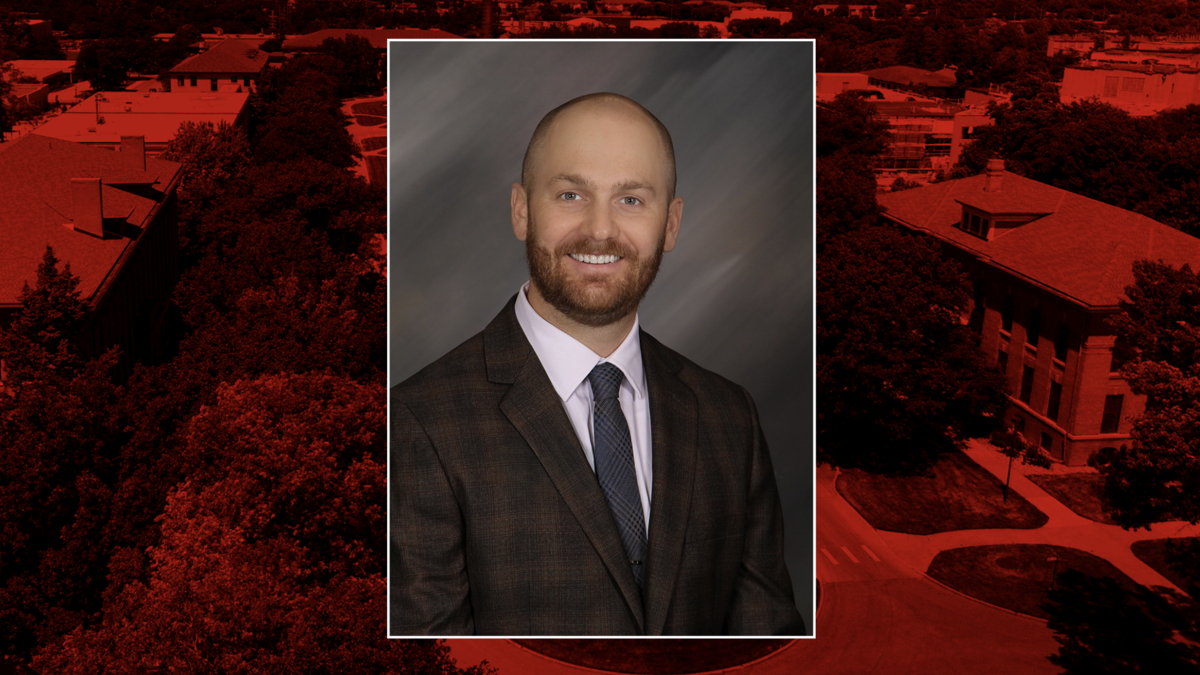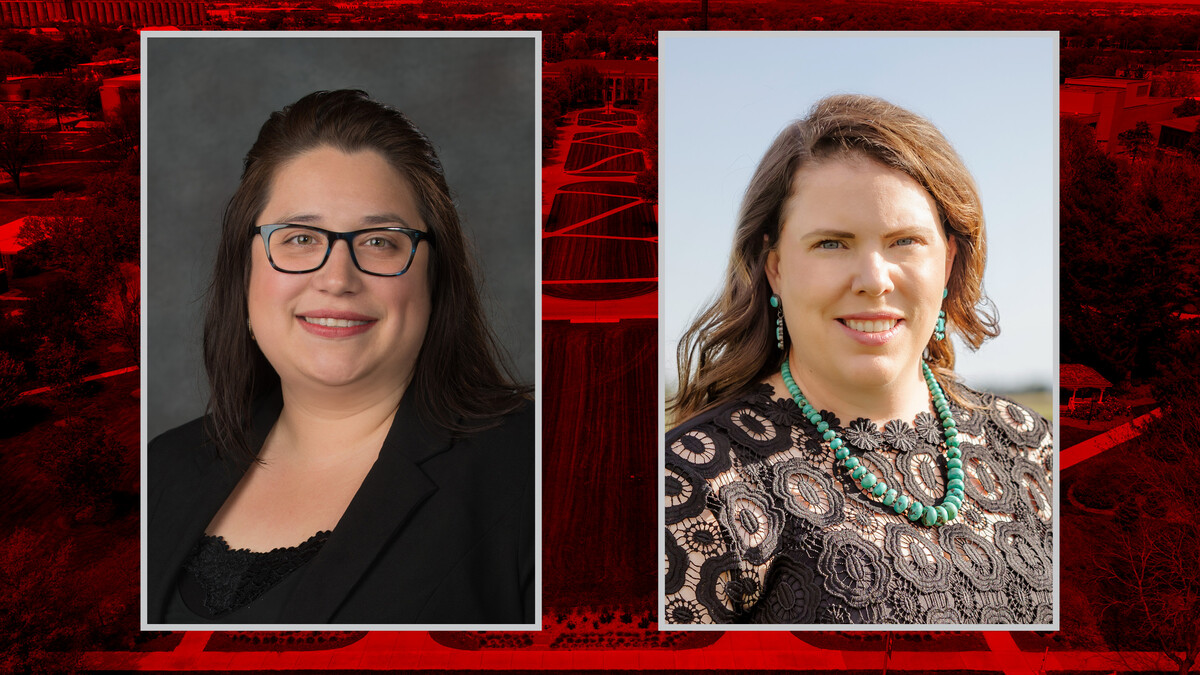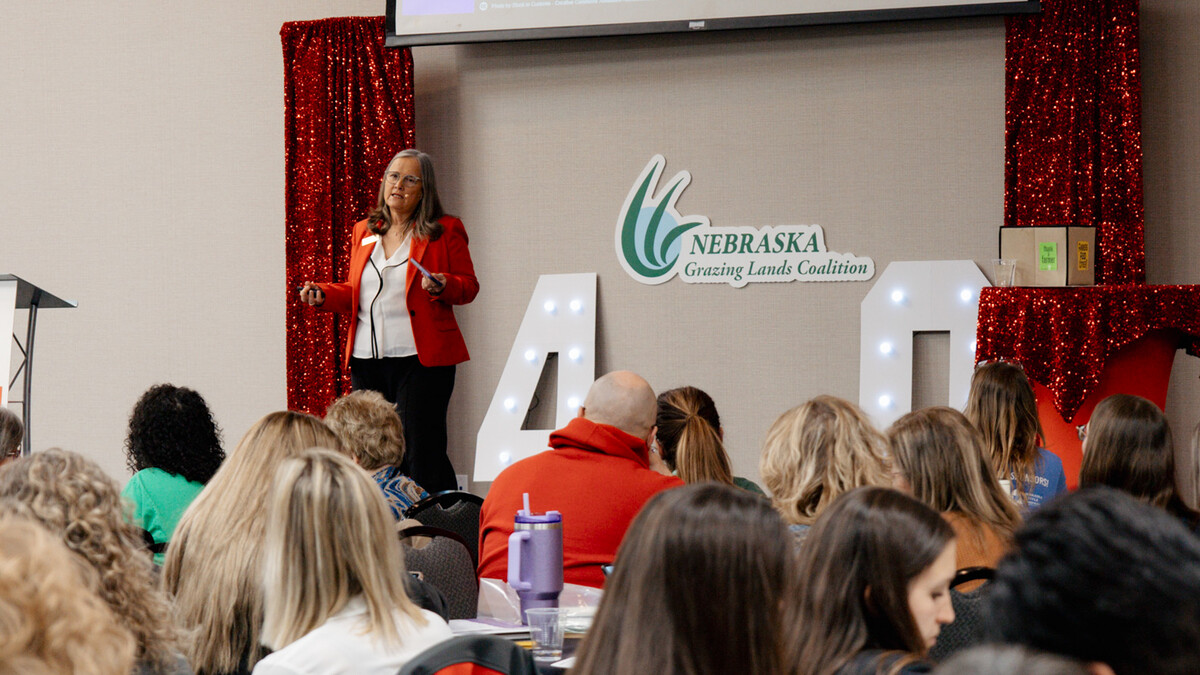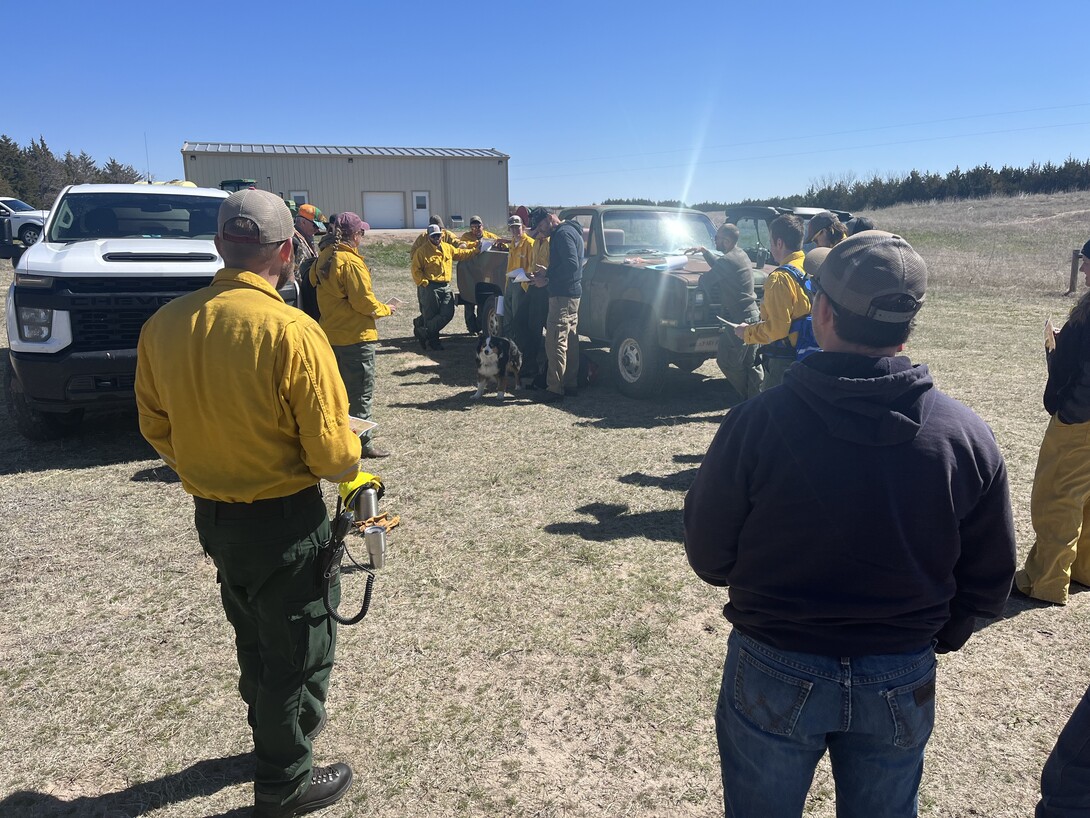
Lincoln, Neb. —With a third successful prescribed burn completed at Barta Brothers Ranch on April 21, researchers are seeing what fire can and cannot do about invasive redcedars.
“Burning isn’t a panacea for tree invasion, but it kills younger cedars,” Craig Allen, director of the project, said. “Older trees can escape fires, and have to be removed by other means, and after fire, young cedars can germinate in large numbers, so it usually takes follow-up fires to kill new young trees, until the seed source in the soil is depleted.”
The research project coordinator for Barta Brothers Ranch, Jacob Harvey, said some older trees have rebounded in the pastures burned in 2022 and 2023. When he recently moved exclosure cages set up to look at biomass after the burn, he saw saplings amongst them.
“These are saplings that are mid-shin height already that don't have any burn scarring,” he said. “So, that means they've popped up within the last one to two years, and as we know, we're not trying to stress our ecosystem as much in the way of having a one- to two-year burn return interval.”
The cattle-grazed pastures are on a four-year cycle of burning. After burning the first two pastures, researchers at Barta Brothers Ranch saw increased vigor in the grasses, increased gains in cattle, differences in grassland bird communities and minimal changes in wind erosion across burned areas.
“I'm super excited about the results that they're getting and what they're learning from this project,” said Chad Bladow, the burn boss at all three burns. “I think that's very interesting, and it's great for me to be able to hear what they're studying and what they're finding because it's really valuable for me to be able to share that information when I'm working with other landowners that are wanting to burn.”
As the burn boss, Bladow has been responsible for planning the burns and organizing crews to carry them out. This year’s crew of 17 was experienced and had a perfect day for burning, he said. The temperatures on April 21 were in the mid-50s and the relative humidity was in the mid-20s. The wind was 5-10 miles per hour.
Ryan Benjamin, a beef systems extension educator for Cherry County and a volunteer firefighter in Valentine, took part in all three burns at Barta Brothers Ranch and said having the wind at that level was helpful.
“You want some wind because that really helps predict fire behavior,” Benjamin said. “We tend not to do prescribed fires with more than like a 20 mile-an-hour wind, but a 5 mile-an-hour wind is really nice. Five to 15 is really probably the sweet spot just because it really helps predict what the fire is going to do.”
Ideally, the wind is consistent and strong enough to settle into a direction, he said. Such a wind can also feed more oxygen to the head fire and should kill redcedars better that way, he said.
After starting with a test fire at 12:40 p.m., Bladow said the crew burnt the 140 acres, finishing the perimeter at 2 p.m. They relit interior areas that had not burnt well earlier and dowsed smoldering cow patties, completing the burn by 4 p.m.
“It felt like kind of like ‘Goldilocks and the Three Bears,’” Harvey said, explaining that the first prescribed burn at Barta Brothers Ranch in March 2022 was too dry, the second burn in May 2023 was too green to burn well, but the burn on April 21 this year was just right.
Bladow said he could use information from these burns in his work at The Nature Conservancy and in partnership with numerous federal, state and private organizations to help landowners use fire to clear cedars.
“The bulk of my job is working with landowners that have been struggling with trying to keep cedars from encroaching into their pastures for years and have finally decided that ‘OK, maybe fire is the more efficient way to go versus trying to do it by hand and just not being able to keep up with it,’” he said.
Such landowners may seek help from him in forming a crew and carrying out a burn on their land.
“We don’t have a full crew to just go in and do the burn,” Bladow said. “Our job is focused on helping them with the prescribed burn plan and then helping them figure out how to find crew to do these burns we do put on. We do host workshops where we do wildfire training.”
At the workshops, participants are matched with an experienced firefighter and learn the roles on a burn crew. A few examples are preparing for the burn by mowing fire breaks, setting up a drip torch, igniting and patrolling.
Bladow said he has enjoyed working on the prescribed burn project at Barta Brothers Ranch and seeing the results.
“It's been great working with all the folks at UNL,” he said. “I look forward to continuing the partnership and being able to do some more burns.”

